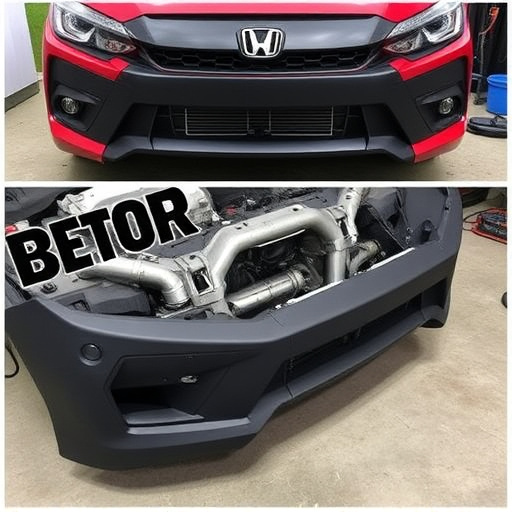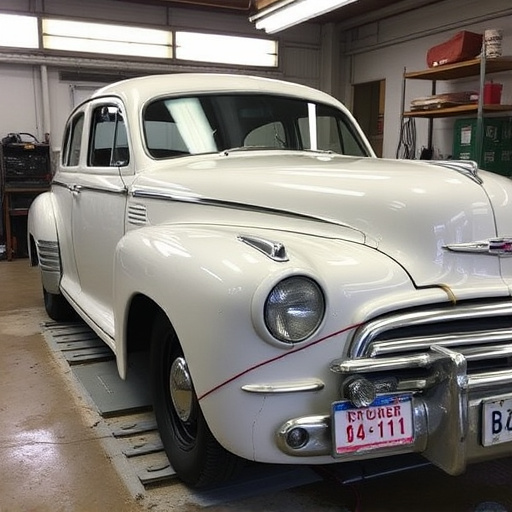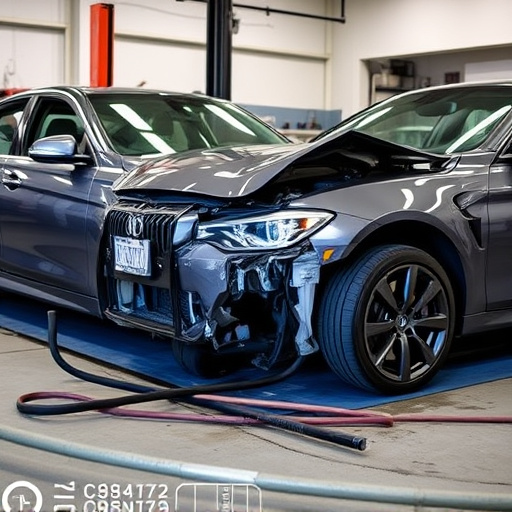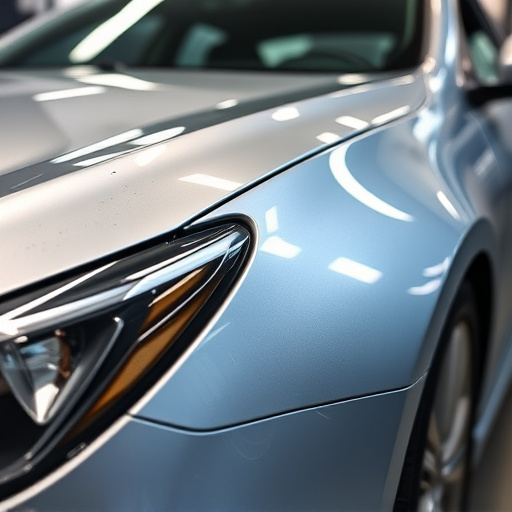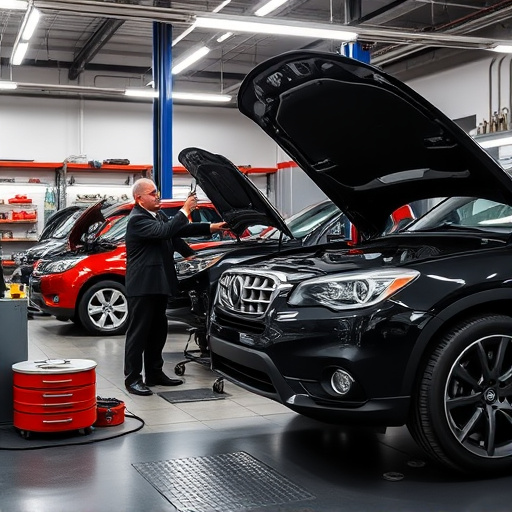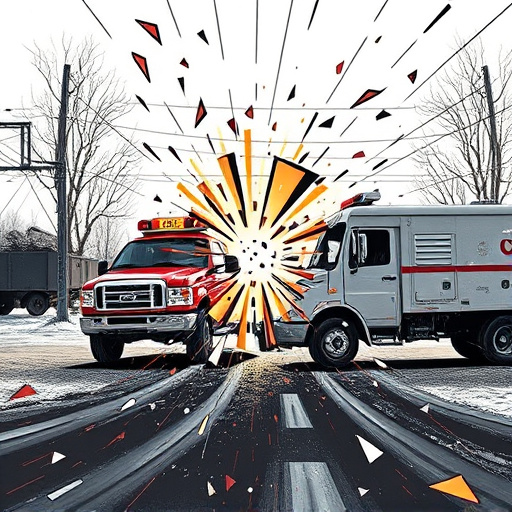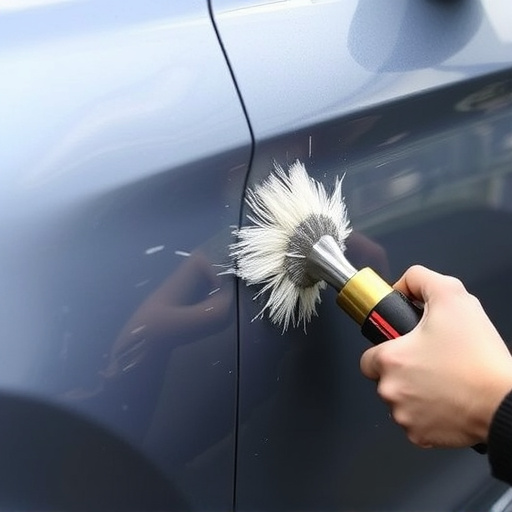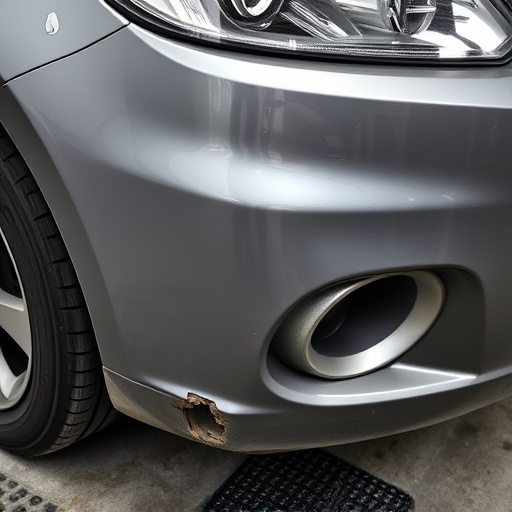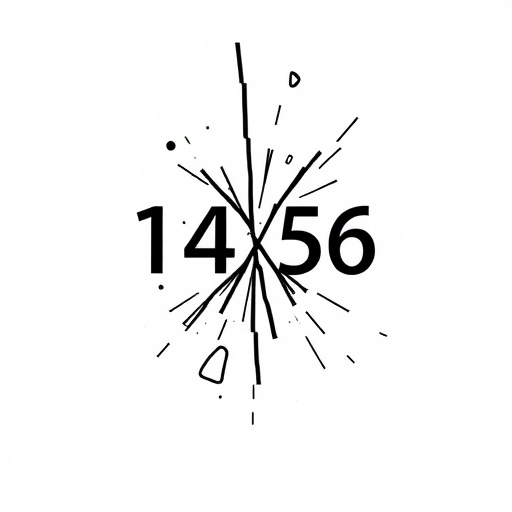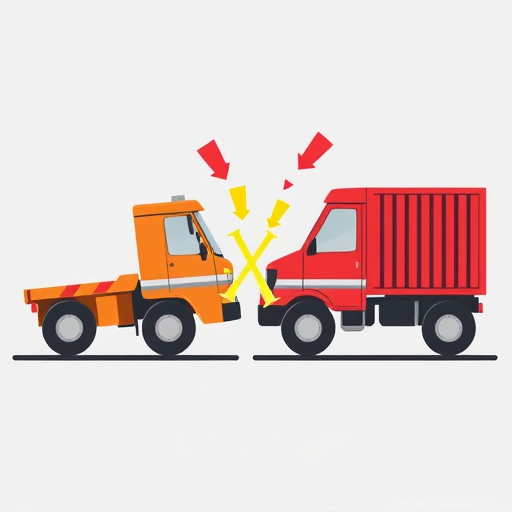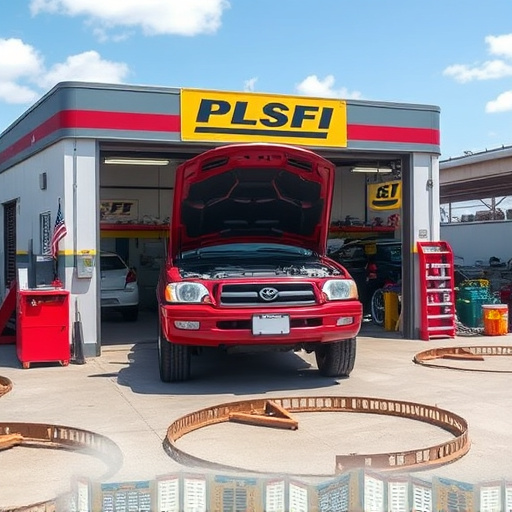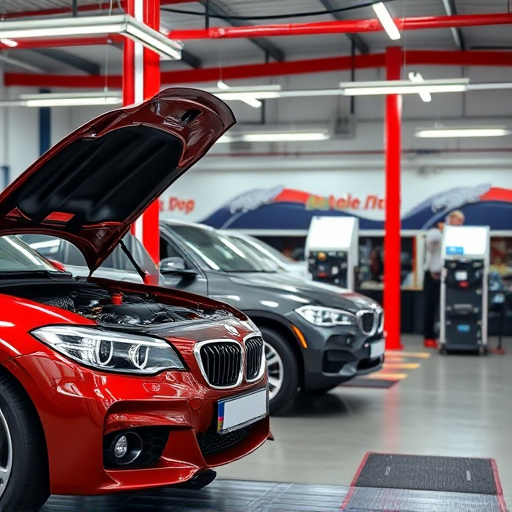Direct Repair Shops (DRS) offer tailored car repair services, focusing on auto body work with detailed estimates for customers to compare costs fairly. Pricing differs from traditional auto body shops based on operational costs, service offerings, and skill levels. Auto body repairs vary in cost due to damage complexity, labor availability, part choices, and shop policies, with DRS prioritizing OEM parts for precision and warranties.
“Uncovering the mysteries behind auto body shop pricing is crucial for informed decision-making. This article explores the key differences in estimates from direct repair shops, offering a comprehensive guide for consumers. We delve into the understanding of direct repair shop estimates and uncover unique pricing strategies they employ.
Additionally, we analyze factors influencing cost variability, enabling you to navigate the landscape of auto body repairs with confidence. By the end, you’ll be equipped to compare quotes effectively.”
- Understanding Direct Repair Shop Estimates
- Key Differences in Pricing Strategies
- Factors Influencing Cost Variability
Understanding Direct Repair Shop Estimates
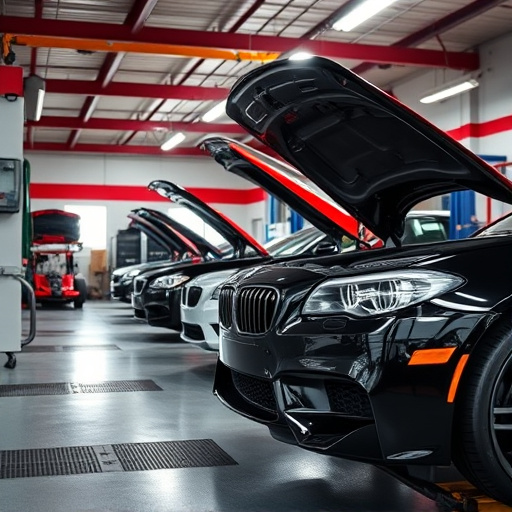
Direct Repair Shops (DRS) offer a specialized service for car owners seeking repairs, particularly for auto body work like bumper repair or even intricate tasks such as luxury vehicle repair. When a customer brings their vehicle to a DRS, they receive an estimate—a detailed breakdown of the required work and its associated costs. This estimate is crucial in several ways: it provides customers with clarity on potential expenses, allowing them to make informed decisions about their car’s maintenance. Moreover, understanding these estimates enables drivers to compare prices among different auto body shops, ensuring they receive fair value for their money, especially when dealing with tasks like car dent removal.
The estimate process involves several steps. DRS technicians assess the damage, whether it’s a simple dent or more complex issues. They then use specialized tools and their expertise to determine the extent of repair needed, including parts replacement or intricate paintwork in the case of luxury vehicles. This meticulous evaluation translates into an accurate estimate, ensuring customers know exactly what repairs are required and their corresponding costs.
Key Differences in Pricing Strategies
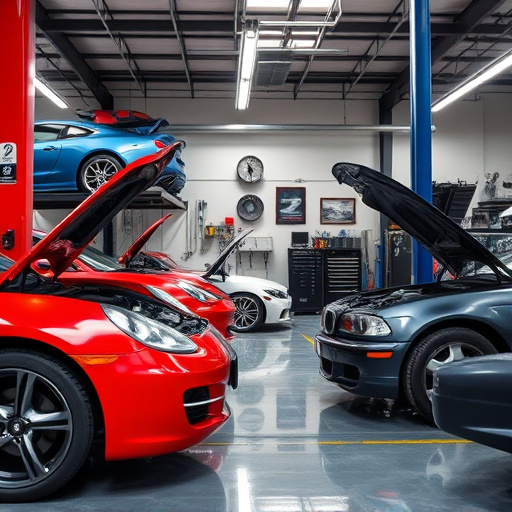
When comparing estimates from direct repair shops versus traditional auto body shops, one of the most notable differences lies in their pricing strategies. Direct repair shops often have lower overhead costs due to their streamlined operations and specialized focus on specific vehicle makes or models. This allows them to offer more competitive pricing on auto body services, making them an attractive option for cost-conscious consumers. They typically charge based on the actual time and materials required for the automotive body work, ensuring transparency in their billing process.
In contrast, traditional auto body shops may have higher operational expenses, including rent, employee salaries, and a broader range of services offered. These factors can lead to slightly higher pricing for similar auto body repair tasks. However, many established shops build customer loyalty through personalized service, quick turnaround times, and expert craftsmanship, justifying their prices. Consumers often view them as reliable providers of high-quality automotive body work.
Factors Influencing Cost Variability
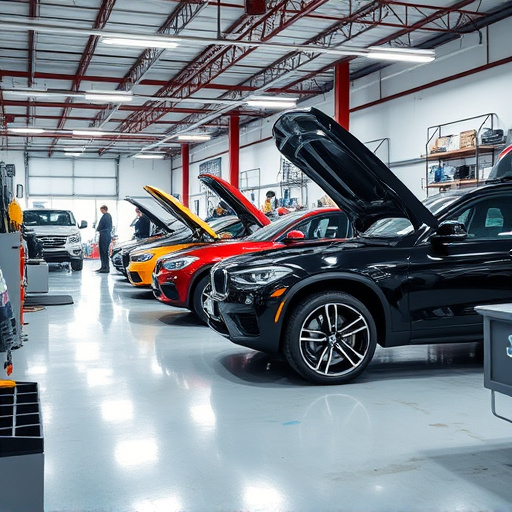
Many factors influence the cost variability between auto body shops, whether they are direct repair centers or independent ones offering auto body services. One key differentiator is the complexity and extent of the damage to the vehicle. Minor scuffs, dents, or scratches will generally have a lower repair cost compared to extensive collision damage requiring multiple panels to be replaced or extensively repaired. The availability and skill level of labor also play a significant role. Areas with a higher concentration of skilled auto body technicians might see more consistent pricing for similar jobs, while remote regions could experience wider variations due to labor shortages.
Another crucial factor is the use of original equipment manufacturer (OEM) parts versus aftermarket alternatives. Direct repair shops often prefer OEM parts, which can be pricier but ensure precise fitting and longer warranties. On the other hand, independent collision repair shops may opt for aftermarket parts to reduce costs, potentially impacting the overall repair quality and vehicle longevity. Additionally, shop policies regarding labor rates, overhead expenses, and profit margins will inevitably affect quoted prices, leading to noticeable differences in estimates from these diverse service providers.
When comparing estimates from auto body shops, whether traditional or direct repair centers, understanding the key differences in pricing strategies and factors influencing cost variability is essential. Direct repair shops often provide transparent, standardized pricing based on industry benchmarks and specific vehicle models, making it easier for customers to make informed decisions. However, traditional auto body shops may offer more customized quotes, factoring in unique circumstances and potentially hidden costs. Ultimately, choosing the right shop depends on individual needs, budget considerations, and the level of service expected during the auto body repair process.
